
Issue 5 Out Now!
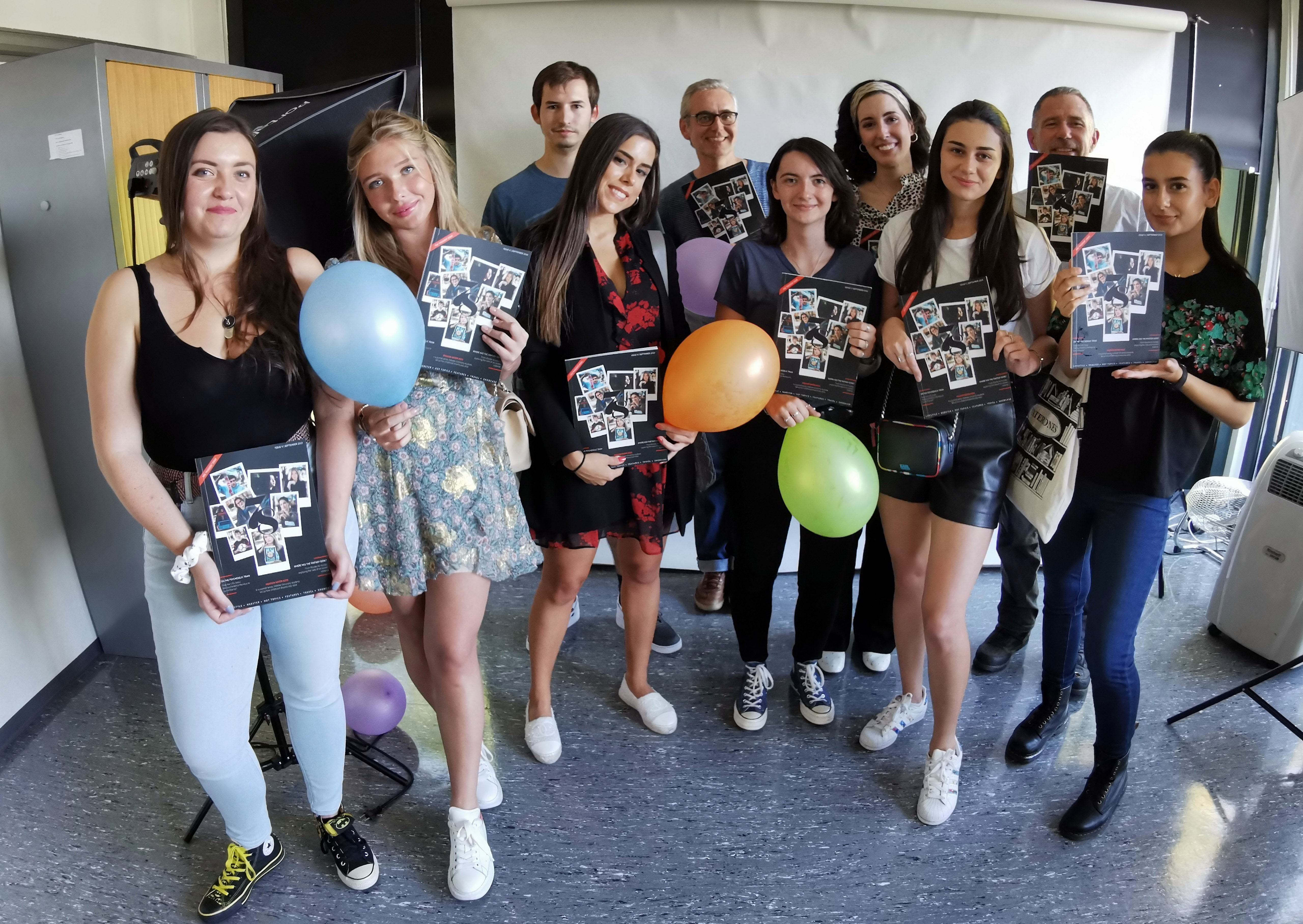


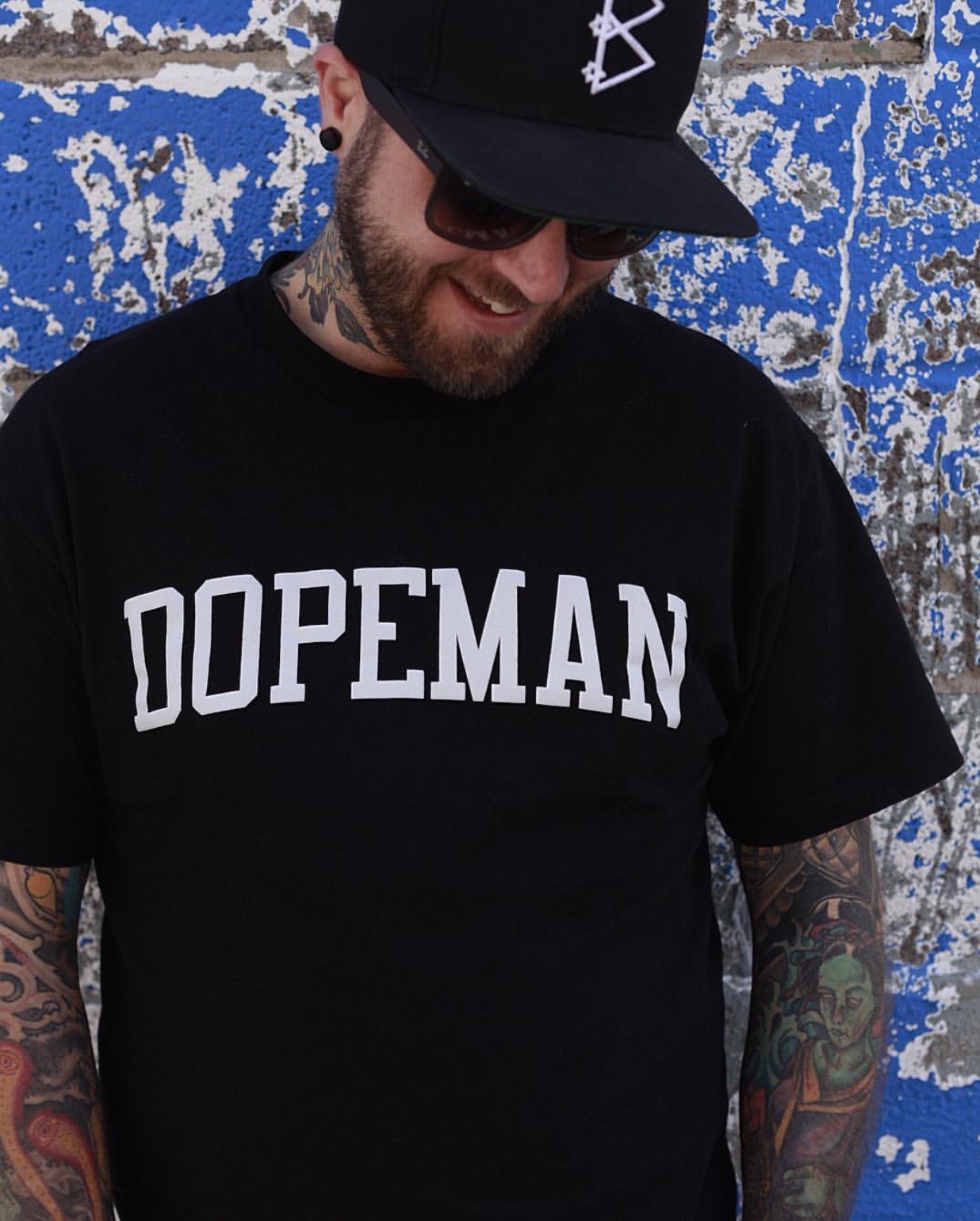
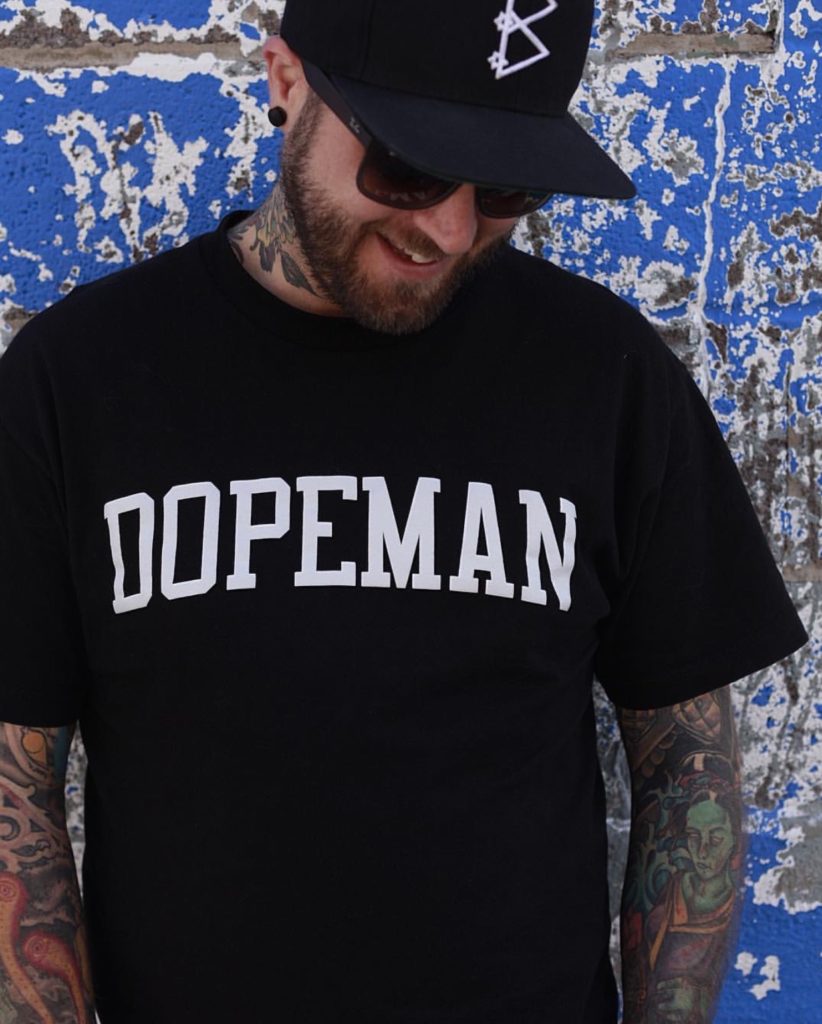
by MOLLY PETERSEN SKOVGAARD
In today’s world, tattoos are accepted and appreciated as body art by many. Some believe the drive to acquire body ink is addictive. The art of tattoos is as ancient as religion itself—mummies from 300 BC have been found with animal tattoos. But there has yet to be a limit set for addiction to body art. To find out more information about tattoos, and whether getting inked can be addictive, I asked Kara Winstanley (tattoo enthusiast), Ken Knox (tattoo artist), and Maria Pyatakova (tattoo client) about their personal and work experiences.
Winstanley was 13 when she got her first tattoo: a peace sign—which she regretted. She went through the process of having it removed in the 11th and 12th grade. From 18 to 20, Winstanley’s been tattooed six times. And she still plans to add more to her body. She explains, “I like tattoos because I think they look dope on my skin, and I like it as a way of expressing myself. It’s a way of literally wearing who you are and what you represent on your body—something I can’t do through fashion, music, or other means.”
As for what Winstanley’s tattoos represent, she shares, “The Nefertiti head tattoo was my second, and it represents my mom as Nefertiti—the Egyptian goddess of beauty. My third tattoo was the numbers 1982 written in Arabic script, and it’s the year my parents got married. My fourth was roses, which I got to represent how much I’ve grown yet still blossoming into who I’ll be. The Greek baby is an unfinished piece by my favorite Greek sculptor, Gian Lorenzo Bernini, which represents me. I plan to add a Greek godlike figure to represent my dad, and add doves. The FARAJ behind my ear [was another] I got when I started my clothing line, named FARAJ. It means ‘the cure’ in Arabic.
My most recent tattoo is a Hindu scripture on my waist. It’s a Ganesh mantra that means ‘overcomer of obstacles.’ I’ve had a lot of things in my life that I’ve had to overcome, and I like embracing my ability to power through life.”
For the designs of her tattoos, Winstanley explains the process with her parlor: “I give them an idea of what I want, then they draw something up. If I like it, I get it. If I don’t, I tell them to make another one. It’s silly to get something inked on your body if it’s not exactly the way you want it to be.” Winstanley is huge on her passion for tattoos, but admits: “I tend to get tattoos when I’m stressed, and it helps relieve my stress. I enjoy the feeling.”
For those of you wondering what acquiring body ink feels like, Winstanley answers, “I have a high pain tolerance, but it does hurt for a while. Then, my body becomes numb to it and it becomes a good pain.” The only thing in Winstanley’s way of getting more tattoos is money. “I’d say it’s an expensive addiction. I would have way more if I could finance them on my own since my parents disapprove.” For Winstanley, tattoos are about their appearance. She adds, “I love tattoos. I just love how they look, especially on me. They’re beautiful.”
“I’ve never experimented with different inks,” Winstanley reveals. “I only use black ink—never any color. As for parlors, I have my tattoo hookup in Santa Barbara.”
Winstanley’s trusted tattoo artist, Knox, works and partially owns a tattoo parlor, 805 Ink, with another artist. TJ. Knox was introduced to the industry through a friend while in art school. He explains, “My friend thought my artwork would translate well to body art, and offered to apprentice me.” Knox has no clue how many tattoos he has. He just adds that he has a lot, saying, “most of [my tattoos] are just for fun—nothing too serious. I approach it like an art collection, getting pieces from a wide range of artists.”
Knox also elaborates on his customers and store location. “Most of my clients are return customers. But in a tourist town, there are a lot of walk-in customers.” Winstanley is a returning customer who always comes with a design in mind, yet Knox shares that “the vast majority of tattoos are drawn by the artist. We make sure the design translates well to skin and will hold up over the years.” As for the experience of getting tattooed, Knox reveals: “some people just sit there like a stone, while others freak the hell out. It’s a very odd sensation, and people definitely react strangely sometimes.” He also shares that “the customers come in for the art, but the experience is also a big part of it. Especially for the nervous first timers.”
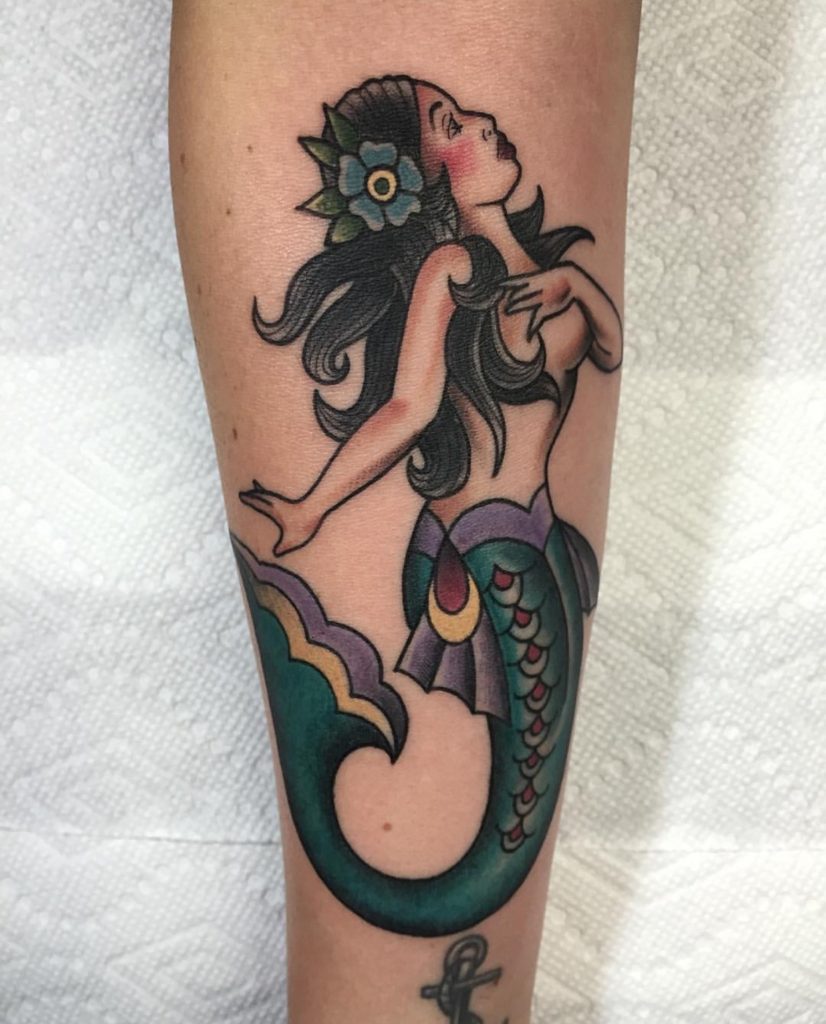 Maria Pyatakova got her first tattoo a month after her 20th birthday, after having wanted one for about a year and a half. Pyatakova says, “I never actually dared to go inside a parlor. So when I went to London this summer, a friend of mine recommended a good artist that he knew, and I just kind of thought ‘yeah, it’s now or never.’” She knew exactly what her tattoo was going to read—her father’s birthday.
Maria Pyatakova got her first tattoo a month after her 20th birthday, after having wanted one for about a year and a half. Pyatakova says, “I never actually dared to go inside a parlor. So when I went to London this summer, a friend of mine recommended a good artist that he knew, and I just kind of thought ‘yeah, it’s now or never.’” She knew exactly what her tattoo was going to read—her father’s birthday.
So the process was easy, as she describes, “I did not actually go to a parlor. The tattoo artist came to me. We sat down and drew out the design, chose the font and size together. He would draw it with a special pen on the back of my neck, take a picture and show it to me before using actual ink.”
What made Pyatakova want a tattoo was her love of art in all forms—and knowing the tattoo has personal significance, as opposed to being a random design that is aesthetically pleasing. She is happy with her tattoo, but doesn’t want another. She clarifies, “I only got this one because it’s something meaningful to me.” Pyatakova shares her experience getting tattooed: “for me, it was bearable—even though I didn’t keep the numbing cream on long enough.” It was not an experience to follow a certain trend, but a sign of how much she values her family. Although Pyatakova would not call getting tattooed pleasant, she can understand how some find it addicting.
She shares, “Getting inked does give you a certain adrenaline rush. I can see why people become addicted. It’s a unique feeling.” Pyatakova views tattoos as body ink, but it’s not her
newfound found passion. She states “In the modern day, I see tattoos as another form of art.”
The concept of body ink has developed into an art form for individuals to express themselves through meaningful tattoos or tattoos that are simply done for fun. The experience of getting inked differs greatly depending on the person—although Winstanley, Knox and Pyatakova all agree it is a unique sensation. Whether the drive to acquire more body ink is fueled by one’s own amusement, a passion for body art, or for stress relief, it is a decision made by individuals of today’s society.
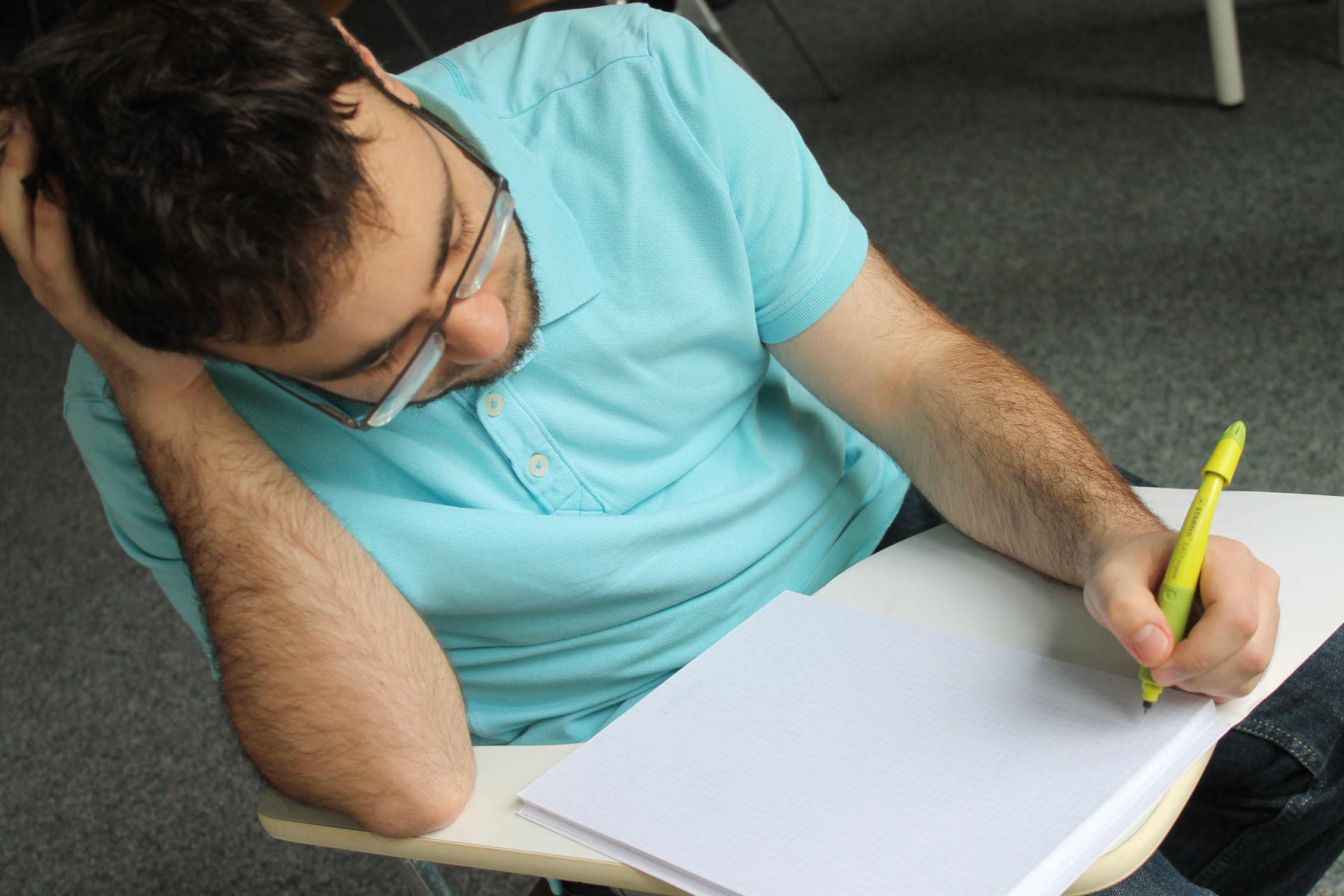

Procrastination is something that has plagued an unfathomable number of people across the globe in all walks of life. Be they passionate content creators or regular university students.
But what is procrastination?
At its most basic definition, it’s putting off doing something because you don’t want to do it. Sometimes, it’s a brief episode that springs up after a particularly rough day. Other times, it’s a persistent daily affliction. Maybe even to the point where the person will shrug and say, “It’s just how I work.” Estelle Besnainou, a psychology student at Webster Geneva, describes it as “the willingness of not doing something—now or ever.”
But what do you call it when it seems to go beyond even that?
You know you have to do something.
You know how to do it.
You want to do it.
But you still don’t.
At first, it can seem baffling to not tick any of the “boxes,” yet still suffer. Cripplingly, it becomes a pandemic of procrastination.
Discussions with several professionals in the field of psychology—including psychiatrist Dr. Basile Vareltzis—has provided a greater understanding into the situation. Despite seeming like procrastinators are just being inexplicably and excruciatingly lazy, there can, in fact, be a deeper cause behind their behavior.
Now, Dr. Vareltzis is quick to point out that nothing is ever quite so cut-and-dry, and that there is seldom a “definite” measure of a given problem. Each individual can, and usually will, exhibit some variation—some nuance—that distinguishes their case from the next. Owing to the fact that, just as individuals are unique, so might their particular exhibition of a given issue be.
But, over the course of numerous studies and observations made by many researchers in psychology, Dr. Vareltzis explains that victims of procrastination can be broadly sorted along three main categories:
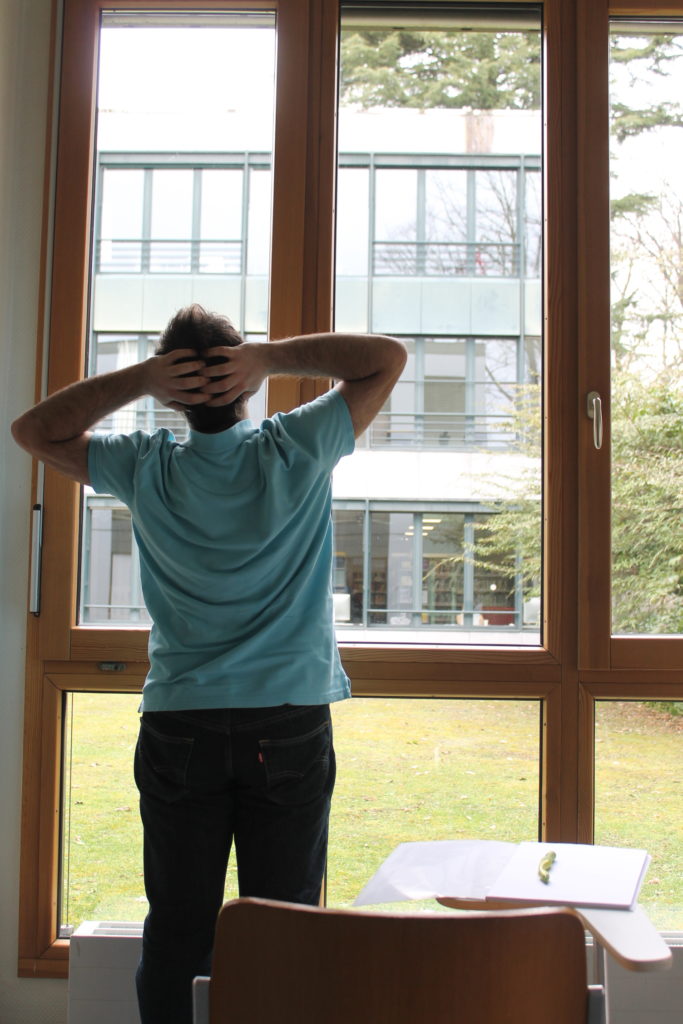 1.Pleasure-seeking/Hedonists
1.Pleasure-seeking/Hedonists
They tend to be what one typically pictures when thinking of “procrastinators.” They won’t put much effort or enthusiasm into doing something, unless they can derive some personal pleasure or satisfaction from it. The less pleasurable something is for them, the less value it will have.
Generally, attempting to impress upon them the importance of the bigger picture—to explain to them that they need to think about their long-term future—will yield poor or no results. For pleasure-seekers, what and how they feel now is what matters the most. Any positive feedback they can feel in the present is infinitely more motivating than any nebulous, far-off promise of it in the future—one they might receive if they just deny themselves their present gratification and focus on the unappealing tasks asked of them.
Thus, a potential solution is to break the road ahead of them up into sections, and then mark each with a goalpost. As Dr. Vareltzis says, “Give them a carrot instead of the stick.” Say that, once they finish reading and studying one chapter of a dry textbook (as opposed to trying to read the whole thing in one go), they can go out for an hour and play soccer with their friends. That way, they won’t stay cooped up for hours on end whilst daydreaming about a break, never getting to the end because they just can’t get started on the monolith of work in front of them.
2. Perfectionists
This type of procrastination is much more subtle. People who procrastinate as a result of being perfectionists do so because they’re so afraid of not doing something completely right in their first try that they ultimately end up doing absolutely none of it.
As can be understood, the fact of the matter is: they know, or at least understand, how to do what is asked of them. Often, they even know how to do it too well—to the point where they obsess more over the execution of which particular ‘how’ more than anything else. And they most certainly want to do it. Otherwise they wouldn’t even care enough to obsess about it in the first place.
But they’re so terrified of not getting it just right that they go over the mountains of notes and the piles of plans drawn up as quickly as they are discarded. All that effort done so it can finally measure up to what they think is the minimum standard, beneath which anything else isn’t even worth consideration. Dr. Roslyn Thomas, Head of the Psychology Department at Webster University Geneva, affirms that the most overpowering for them is “the fear of failure, of not being good enough.” In their minds, “you can’t fail what you don’t even try [doing].”
Perfectionists feel fear at not being able to measure up to what others expect of them. Or rather, what they think others expect of them. They feel anxiety at being unable to perform at the level they think everyone else is—despite that their colleagues are, in all likelihood, putting in less than half the effort they are, yet still getting by just fine.
What perfectionists need is something to help them set realistic expectations for themselves. Give them examples of what is actually expected of them—an idea of what to strive for. Calm their fears that a single mistake has, or will, spell their doom. And give them specific instructions—both so they can very clearly picture the beginning, middle and end of their work, as well as to keep them from going overboard with ideas far beyond what they actually need to do.
3. Psychologically Impaired
While procrastination can have its roots in many causes, most of them are either bad habits, quirks or states of mind that can be redressed with the assimilation of better habits, the adoption of coping strategies and/or therapy. When one suffers procrastination as a result of a genuine psychological impairment, that is when one could almost describe it as a sort of “Super Procrastination.”
Procrastination is a classic symptom of many psychological conditions—particularly ADD and ADHD. Patients are distracted, poorly motivated, focused on the moment, suffer a deficiency in future planning, and their basic work routine can be summed up as: “start, distraction, interruption” repeated ad infinitum.
One part of it (and with ADD/ADHD in general) is that patients suffer from a dysfunctional prefrontal cortex—the part of the brain responsible for planning complex cognitive behavior and decision-making, among other things. That there is a genuine physiological component, instead of merely psychological ones, is a big reason why this form of procrastination is both the most serious and difficult to handle. In this scenario, the prescription of some kind of medicine to help treat the condition is often recommended—like Ritalin or Conserta.
Data from recent studies suggest roughly five percent or one in every 20 people have some form of ADD. That person sitting next to you in class? He or she might not be exhibiting every symptom under the sun, but maybe the reason they have trouble in a certain class isn’t just because they’re lazy…
All of these different categorizations share a fair number of characteristics. And none of them are even mutually exclusive. A pleasure-seeking perfectionist suffering from ADD? Possible—and every bit as nightmarish as it sounds. So one thing to try and keep in mind when dealing with a procrastinator is to avoid being judgemental. They are not just being lazy, and they do not simply do it by choice.
Laziness is a personality trait. Procrastination is a compulsion rooted in maladaptive behaviors—none of which are beneficial, enjoyable or even constructive for the one suffering them—corroding their ability to properly move forward and build their future. Thus, many of them stay stuck in the past. To them, and to all the afflicted, Dr. Thomas offers these last words of encouragement: “To give up the hope of a better past is a potent weapon for a hopeful future.”

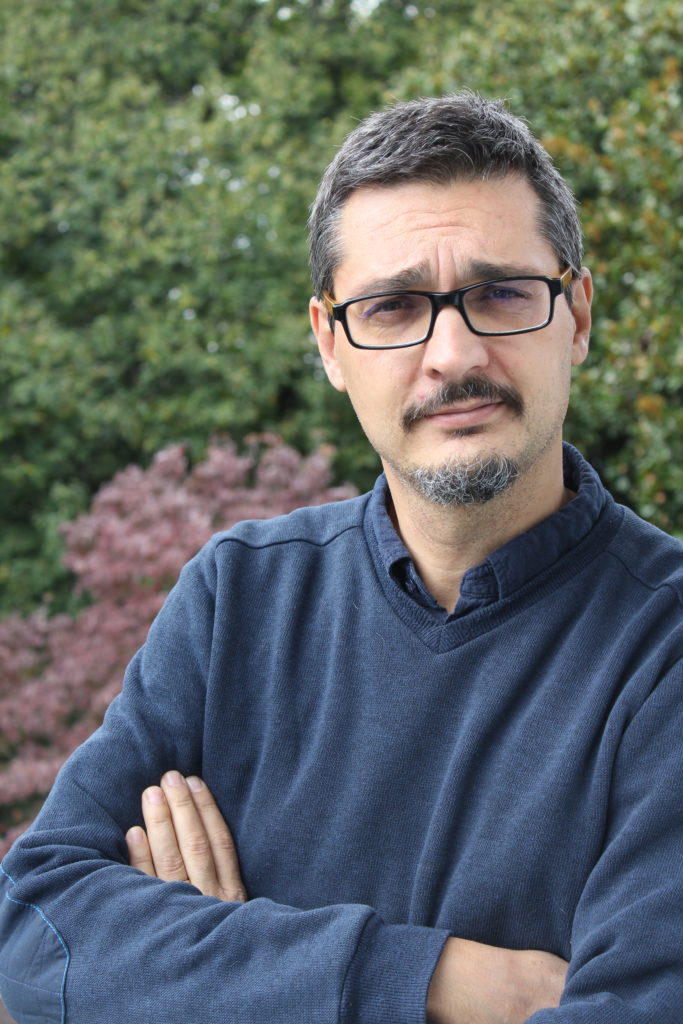 by JUMANAH ABUALKHAIR
by JUMANAH ABUALKHAIR
78 Magazine talks to Francesco Arese Visconti (FAV) about the direction of the department.
78: What sets the media department apart from others on campus? What are its key strengths?
FAV: The department is multidisciplinary and interdisciplinary. The main difference is that media is so flexible, and it could be implemented in any curriculum. These days, social media and new devices are very accessible to everybody and can be applied to anything. If you want to find a job in the next years, you need to be able to think critically, analyze context, be flexible, and be reliable. These are things you don’t learn from YouTube tutorials or books. You learn this through human connection. And this is one of our strengths in our department, which is very particular to Webster Geneva.
78: What are some activities you’d like for prospective and current students to know?
FAV: We’re offering summer workshops related to video and photography for younger prospective students (12 to 16 years old) from July 3rd to the 7th and from July 10th to the 14th. Students will get to experience life on campus, and become a part of the university environment. Whenever possible, we try to implement projects connected to organizations and companies. This fall, we’ll have a class that will develop a project with IdeaSquare in CERN, running for 16 weeks at their site. The aim of this collaboration is to create an algorithm for hate speech on social media. These are just two examples of what we’re doing.

Have you ever wanted to start over? Get a new job, a new home, or even a new life? The hottest destination isn’t Fiji or Tahiti—it’s Antarctica. While many think of Antarctica as a snowy wonderland south of everything, it’s also a competitive workplace. Despite the extreme weather, temperature drops as low as -89° C and skewed sunlight hours, prospective employees remain eager to apply. All for the sake of science and, depending on the job, some change.

Life in Antarctica revolves wholly on the nature of the job.
Jobs requiring transportation of goods or outdoor research mean more time braving the cold weather, while jobs cooking and sorting technical difficulties require being indoors instead. What people don’t realize is that there’s more demand than supply—meaning there are more people wanting to work than there are jobs available for people to actually work on.
In fact, statistics show that in 2015 around 1,500 people applied for the same four positions. And these positions are often limited to science-based posts (geologists, oceanologists, meteorologists and others) and support-based or trade posts (mechanic, electrician, carpenter and more). Since the Antarctic research stations are the most populated areas of the continent, Antarctica produces its very own newspaper, The Antarctic Sun. To keep it going, there’s a National Science Foundation program specifically focused on finding successful writers and artists—including photographers, historians, and painters—work in Antarctica.

Simply applying requires a lot of luck and perseverance.
Candidates would have to undergo physical and mental examinations. They might even play the role of “understudy”—waiting for another qualified employee to drop out. Cost of transporting personnel is expensive, causing future employees to commit to staying for long periods of time. To ensure their capability of doing so, prospective employees are given a trial period during the summer months to test out their “resilience” against the environment. If they pass and still manage to maintain a positive outlook, they’re then allowed to “Winter Over”—staying for roughly eight dark months with no contact from the outside world.
Living and working in Antarctica may be as foreign a concept as living and working on Mars—but it is a popular one. Documentary films, like Antarctica: A Year on Ice, Antarctic Edge 70° South, and Frozen Planet portray Antarctica as a once-in-a-lifetime adventure. The beautiful scenery, the brightness of the stars, and (in all seriousness) penguins all contribute to the expectations of the Antarctic experience. And these expectations became the driving force for the sudden competition in the Antarctic job market.
by JUMANAH ABUALKHAIR